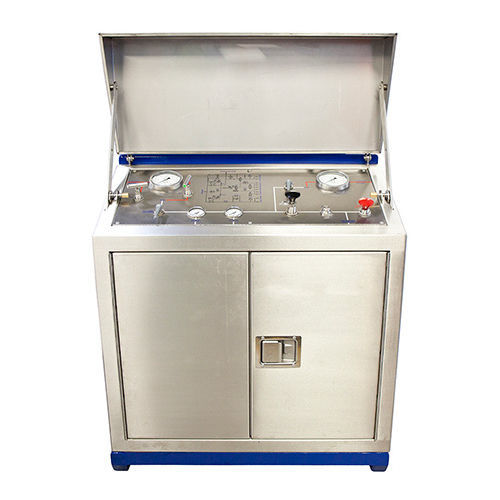Emergency Shutdown systems are a form of Safety Instrumented System (SIS), comprising of a set of hardware and software controls developed to provide a “Safe State” on critical process systems in order to avoid adverse Safety, Health and Environmental (SH&E) consequences.
Such a system is engineered to perform specific control functions to failsafe or maintain safe operation of a process when unacceptable or dangerous conditions occur. All of the control elements in these systems are dedicated solely to the proper functioning of the safety system.
ESD units are designed to control surface or subsurface hydraulically operated flowline valves in well testing or production applications. They are used to either manually or remotely close a valve in response to a pipe leak or break, malfunction or other similar emergency. The unit can be used to operate two or more remote ESD control stations.
In the absence of an ESD system risks can include escape of hydrocarbons (gas, oil etc.), uncontrolled flooding or fire risk in hazardous areas.
In general the ESD unit contains Hi-Lo Pilot Sensing Valves, an air operated hydraulic pump, pre-set pressure control valves, pressure gauges, multiple outlet ports and hydraulic tank, all housed in a robust skid mounted stainless steel cabinet.
Optional features include:
Manually operated pump and override in case of air supply loss
Additional control valves
Storage space for remote ESD stations & hose reels
Alarm system – flashing beacon or audible alarm
Typical actions from an Emergency ShutDown System

